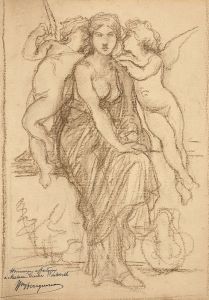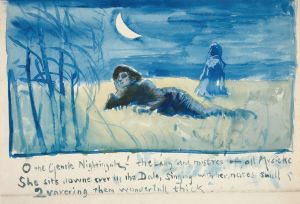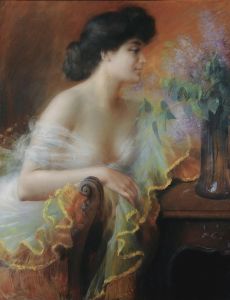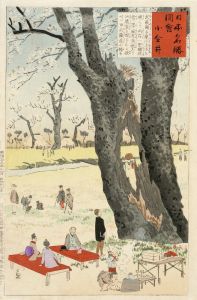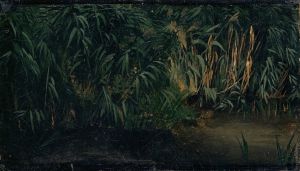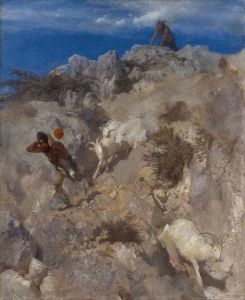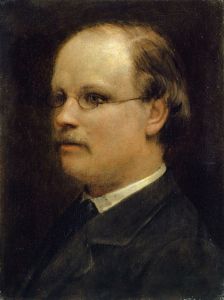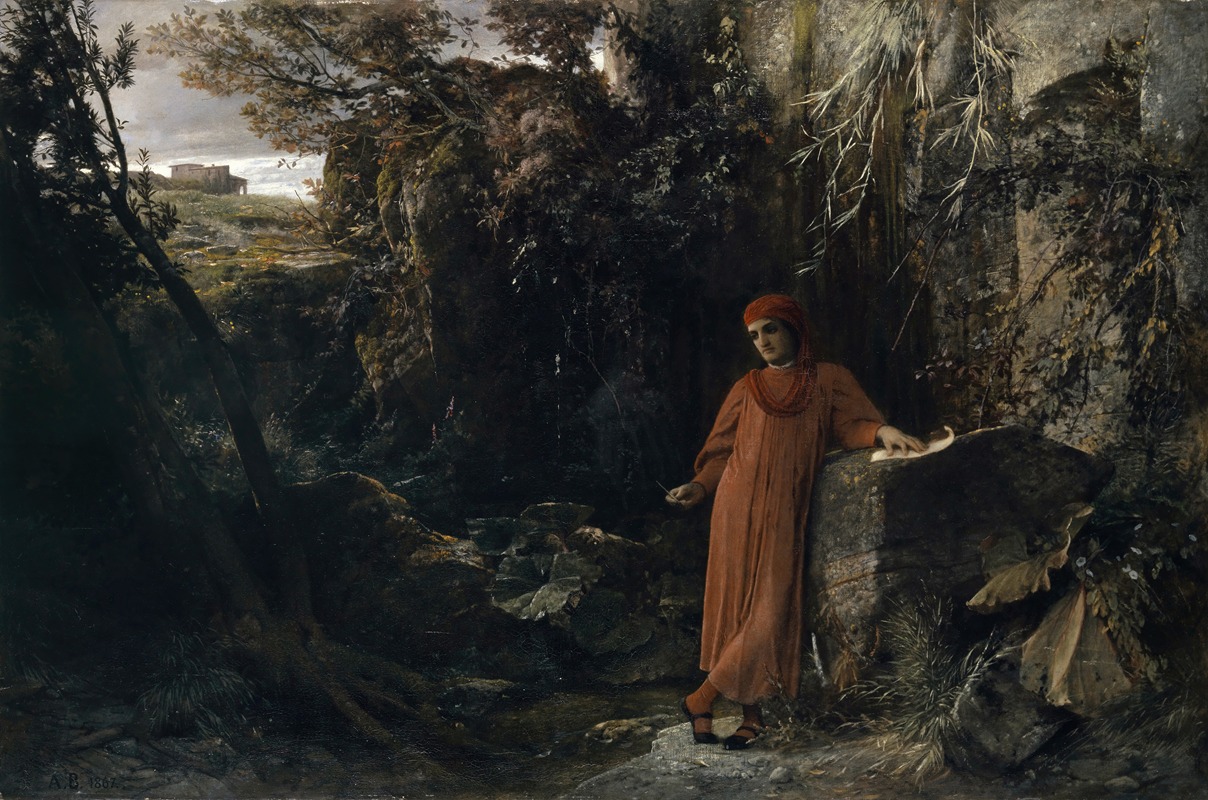
Petrarch at the Spring of Vaucluse
A hand-painted replica of Arnold Böcklin’s masterpiece Petrarch at the Spring of Vaucluse, meticulously crafted by professional artists to capture the true essence of the original. Each piece is created with museum-quality canvas and rare mineral pigments, carefully painted by experienced artists with delicate brushstrokes and rich, layered colors to perfectly recreate the texture of the original artwork. Unlike machine-printed reproductions, this hand-painted version brings the painting to life, infused with the artist’s emotions and skill in every stroke. Whether for personal collection or home decoration, it instantly elevates the artistic atmosphere of any space.
Arnold Böcklin's painting "Petrarch at the Spring of Vaucluse" is a notable work that reflects the artist's fascination with mythological and literary themes. Böcklin, a Swiss symbolist painter, was known for his imaginative and often fantastical compositions, and this painting is no exception. Created in the 19th century, the artwork captures the essence of the Italian poet Petrarch, who is often associated with the early Renaissance and is renowned for his contributions to the development of the sonnet form.
The painting depicts Petrarch at the Fontaine-de-Vaucluse, a real location in the south of France that inspired many of his writings. This spring, surrounded by rugged cliffs and lush vegetation, was a place of retreat and reflection for Petrarch, and Böcklin's depiction captures the serene yet dramatic atmosphere of the site. The setting is rendered with Böcklin's characteristic attention to detail and his ability to evoke a sense of the mystical and the sublime.
In the composition, Petrarch is shown in a contemplative pose, possibly reflecting on his poetry or the natural beauty around him. Böcklin's use of color and light enhances the tranquil yet intense mood of the scene, with the interplay of shadows and highlights creating a dynamic visual experience. The painting is imbued with a sense of timelessness, as Böcklin merges the historical figure of Petrarch with the eternal beauty of nature.
Böcklin's work often explores the intersection of reality and imagination, and "Petrarch at the Spring of Vaucluse" is a prime example of this approach. The painting not only serves as a tribute to Petrarch's literary legacy but also as a reflection of Böcklin's own artistic vision, which frequently drew upon themes of nature, mythology, and the human condition.
The painting is part of Böcklin's broader oeuvre, which includes other famous works such as "Isle of the Dead" and "The Sea Cave." His style is characterized by a blend of realism and fantasy, often incorporating elements of symbolism and allegory. Böcklin's influence extended beyond his lifetime, impacting various art movements and inspiring artists such as the Surrealists.
"Petrarch at the Spring of Vaucluse" remains a significant piece within Böcklin's body of work, illustrating his ability to capture the essence of historical and literary figures while imbuing them with a sense of mystery and wonder. The painting is a testament to Böcklin's skill in merging the real with the imagined, creating a visual narrative that resonates with viewers and invites them to explore the depths of both the natural world and the human psyche.





